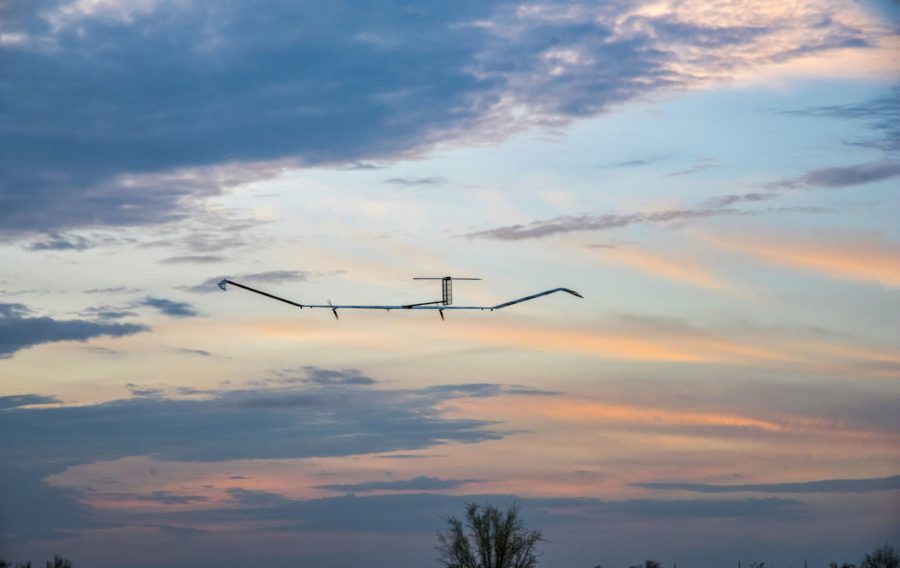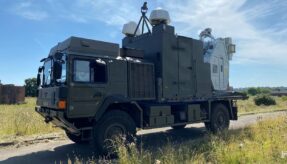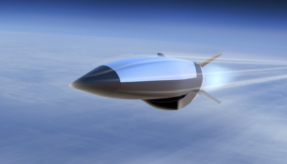
A QinetiQ-led partnership has successfully bid for a contract to further development of its unique Software Defined Multifunction LIDAR (SDML) technology.
For the uninitiated, LIDAR is very much like radar. The difference being that light, and not radio waves, are used to boost intelligence, surveillance and reconnaissance (ISR) capabilities and secure high bandwidth optical communications between land, air, sea and space.
The UK Defence Solutions Centre (DSC) awarded the multi-million pound contract, which is to be match-funded by QinetiQ and its industry partners – Airbus, Glyndwr Innovations and Thales. It is thought the two-year programme will be followed by air and seaborne trials.
QinetiQ is confident its SDML technology has huge potential for application in the military, space and commercial sectors. According to company spokesperson Brian Perrett: “QinetiQ’s SDML is the only multi-function LIDAR currently in development, and represents a truly transformational capability – not simply an incremental improvement of an existing technology.
“We’re thrilled that the UK DSC has recognised its game-changing capabilities and potential for application. This is a great example of UK Government funding helping to bring UK innovation to market.”
Sophie Thomas, Head of the Zephyr Programme (pictured) at Airbus, added: “It’s an exciting time to be working in HAPS (High-Altitude Pseudo Satellite) technology as we are seeing a step change in what this technology will bring. We are looking forward to applying our knowledge and experience gained during our many hours of successful flights with the Zephyr S, our leading solar-electric, stratospheric UAV, to develop this future HAPS payload.“
“It is exciting to partner with QinetiQ and Airbus on this payload project, and it’s a great opportunity to progress the work we did during the competition to deliver a system that can give HAPS platforms exciting new capability,” concluded Richard Hazelwood from Glyndwr Innovations.
If you would like to join our community and read more articles like this then please click here.







